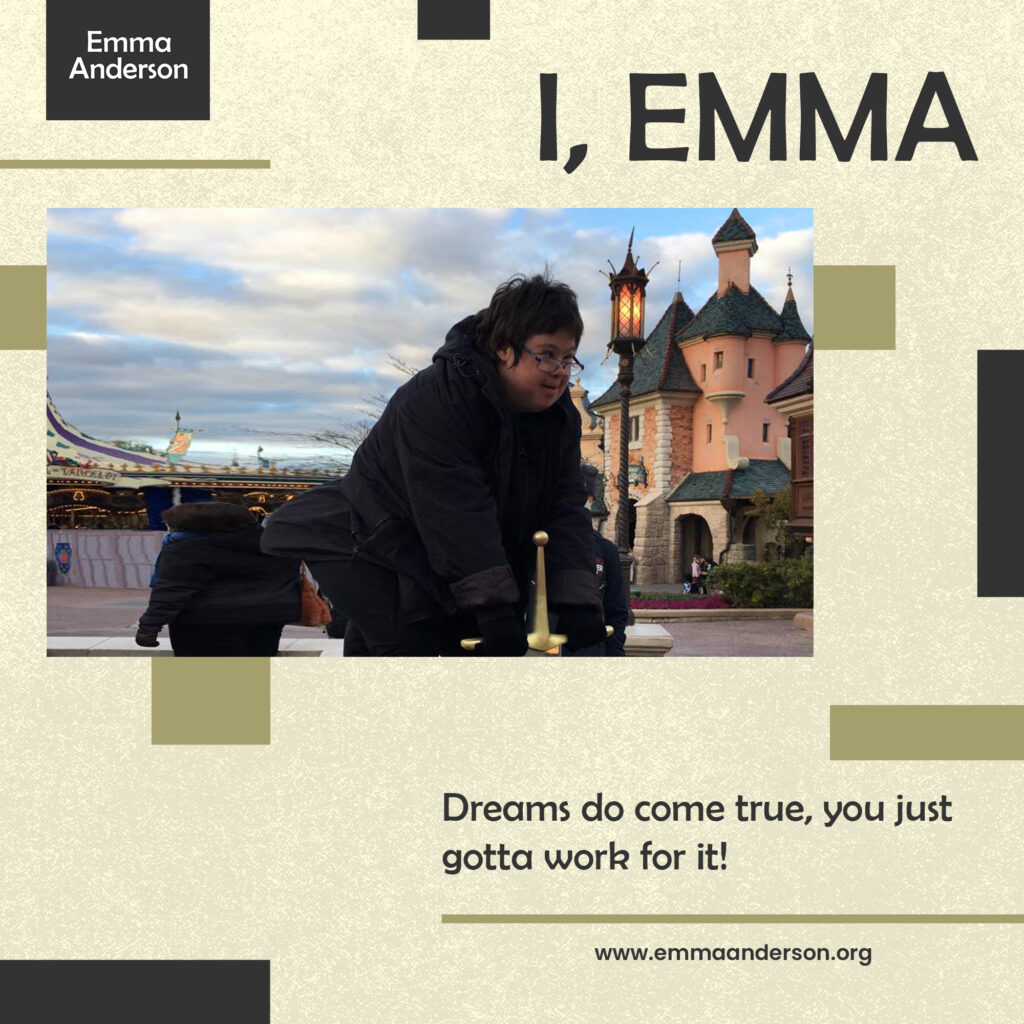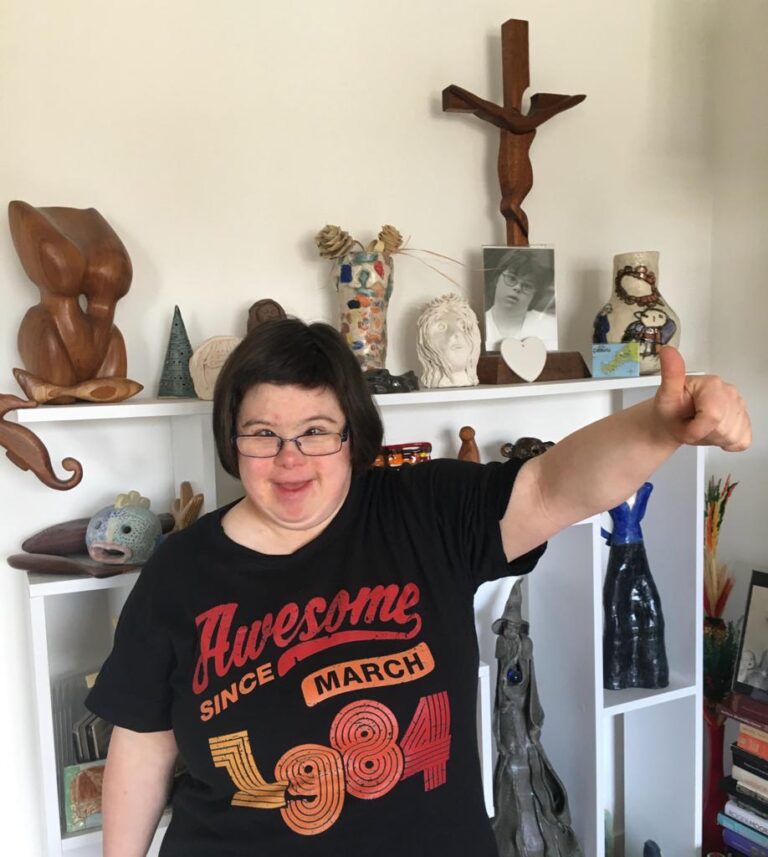Introduction:
In a world that often focuses on limitations, art emerges as a boundless realm where possibilities are endless and creativity knows no barriers. For individuals with disabilities, art is not just a form of expression; it is a powerful tool for empowerment, a gateway to self-discovery, and a means of reshaping societal perceptions. In this exploration, we delve into the transformative power of art in the lives of those with disabilities, celebrating the diverse forms it can take and the profound impact it can have.
Art as a Universal Language:
Art transcends verbal communication and offers a universal language that connects people regardless of their abilities or backgrounds. It allows individuals with disabilities to express thoughts and emotions that might be challenging to convey through words. This expression can be profoundly liberating, especially for those who face communication barriers. By engaging in artistic activities, they can share their inner world with others, fostering understanding and empathy.
The Therapeutic Benefits of Art:
The therapeutic benefits of art for individuals with disabilities are well-documented. Engaging in artistic activities can improve motor skills, enhance cognitive abilities, and offer emotional relief. For instance, painting or sculpting can improve fine motor skills and hand-eye coordination. Music therapy has been shown to aid in speech development and improve social skills. The process of creating art can also be incredibly soothing and can help in managing stress, anxiety, and depression.
Art Forms and Accessibility:
Visual Arts: From painting and drawing to sculpture and photography, the visual arts offer a wide range of activities that can be adapted to various abilities. Adaptive tools such as specially designed brushes or camera mounts can help individuals with physical disabilities engage in these activities. Digital art platforms also offer accessible ways for people with mobility or sensory challenges to create visually stunning works.
Performing Arts: Dance, music, and theater are powerful forms of expression that can be highly inclusive. Dance therapy, for instance, can be adapted for people with physical disabilities, providing a way to express themselves through movement. Music, whether it’s playing instruments, singing, or listening, is universally accessible and can be profoundly impactful for those with intellectual or sensory disabilities. Theater programs, which often focus on collaboration and expression, can be a great space for social interaction and confidence-building.
Literary Arts: Writing, storytelling, and poetry provide powerful outlets for expression. For individuals who might find verbal communication challenging, technologies like speech-to-text software or communication boards can facilitate participation in these art forms. Literary arts not only allow for self-expression but also offer a window into the experiences and perspectives of those with disabilities, enriching the literary landscape with diverse narratives.
Impactful Stories of Empowerment:
Across the globe, there are countless stories of individuals with disabilities who have found empowerment through art. One notable example is that of a young painter with autism who communicates his experiences and emotions through vibrant canvases, gaining recognition for his unique artistic vision. Another is a dancer who, despite her physical limitations, has developed a unique form of expression through movement, inspiring audiences with her performances.
Community and Inclusion in the Arts:
Community support plays a crucial role in fostering inclusivity in the arts. Inclusive art programs and workshops that welcome individuals with disabilities are essential. These programs not only provide the necessary resources and adaptations but also create a supportive environment where individuals can explore their talents without fear of judgment or exclusion.
Art festivals and exhibitions that showcase the work of artists with disabilities also contribute to a more inclusive art world. They not only provide a platform for these artists to gain recognition but also challenge the audience’s perceptions about disability and creativity. By highlighting the artistic achievements of individuals with disabilities, these events advocate for equality and inclusion in the art world.
The Role of Technology in Enhancing Accessibility:
Advancements in technology have opened up new avenues for artistic expression for individuals with disabilities. Assistive technologies like voice-activated software, eye-tracking systems, and adaptive musical instruments have made various art forms more accessible. Digital platforms have also democratized the process of creating and sharing art, allowing more people to participate and showcase their talents.
Promoting Artistic Endeavors in the Disabled Community:
To further empower individuals with disabilities through art, it is crucial to promote and support their artistic endeavors. This can be done by:
• Supporting inclusive art programs and workshops.
• Encouraging schools and community centers to incorporate adaptive art activities.
• Advocating for public art spaces to be accessible to all.
• Recognizing and celebrating the achievements of artists with disabilities.
• Engaging with and sharing their work to increase visibility.
Conclusion:
The role of art in empowering individuals with disabilities is multifaceted and profound. Through artistic expression, individuals with disabilities can challenge stereotypes, showcase their unique perspectives, and engage with the world in meaningful ways. Art, in its essence, is a celebration of the human spirit – one that does not recognize limitations or disabilities, but rather revels in the diverse expressions of life. By fostering inclusivity and accessibility in the arts, we not only enrich the lives of individuals with disabilities but also enhance the cultural tapestry of our communities. In a world that often emphasizes differences, art has the power to unite, inspire, and transform, proving that when it comes to creativity, indeed, the only limit is the sky.


